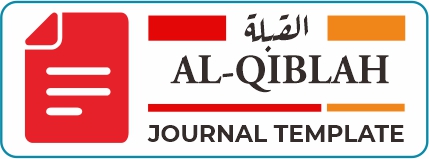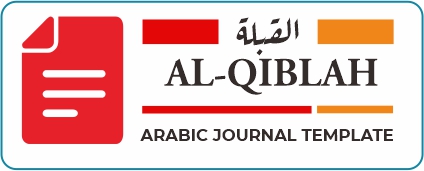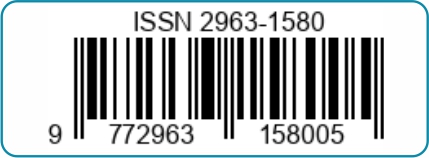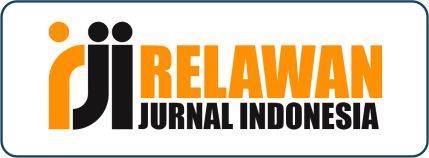Business Plan dan Pengembangan Model Pembiayaan Akad Murabahah Usaha Konveksi Hijab Syar’i Essentials
Business Plan and Development of Murabahah Agreement Financing Model for Syar'i Essentials Hijab Convection Business
DOI:
https://doi.org/10.36701/qiblah.v4i4.2347Keywords:
business plan, sharia hijab, micro-enterprise, Islamic financing, murābaḥah contractAbstract
This study aims to develop a comprehensive and applicable business plan for the growth of the Syar’i Essentials hijab manufacturing enterprise, as well as to design a financing model based on the murābaḥah contract that is relevant and suitable for micro-enterprises in the Muslim fashion industry. This applied qualitative research uses a case study approach focused on Syar’i Essentials, a startup operating in the modest fashion sector. The findings reveal that a business plan addressing production, marketing, management, and sharia-based financial systems is crucial to ensure the sustainability and integrity of the business. The murābaḥah-based financing model is designed to fulfill capital needs in a halal manner, using a transparent transaction scheme free from riba, gharar, and maysir. The implementation of this model offers a strategic, applicable financing solution that can be replicated in similar micro-scale businesses. This study is expected to provide practical contributions to the strengthening of the sharia-based entrepreneurial ecosystem and the development of Islamic microfinance models.
Downloads
References
Azwar, Azwar, and Mohd Norzi Nasir. “Muslim Fashion Development Strategy in the Ḥalāl Industry in Indonesia: Some Notes from the Quran and Hadith: Strategi Pembangunan Fesyen Muslim Dalam Industri Halal Di Indonesia: Beberapa Nota Daripada Al-Quran Dan Hadis.” Al-Irsyad: Journal of Islamic and Contemporary Issues 9, no. 1 (2024): 1272–91.
Bappenas. Masterplan Ekonomi Syariah Indonesia 2019-2024 Hasil Kajian Analisis Ekonomi Syariah Di Indonesia. Edited by Deputi Bidang Ekonomi. 1st ed. Jakarta: Kementerian Perencanaan Pembangunan Nasional/ Badan Perencanaan Pembangunan Nasional, 2018. https://kneks.go.id/storage/upload/1573459280-Masterplan Eksyar_Preview.pdf.
El‐Bassiouny, Noha. “The Hijabi Self: Authenticity and Transformation in the Hijab Fashion Phenomenon.” Journal of Islamic Marketing 9, no. 2 (2018): 296–304. doi:10.1108/jima-12-2016-0102.
Hassan, Siti H, and Husna Ara. “Thematic Analysis of Hijab Fashion From Muslim Clothing Retailers Perspective.” Journal of Islamic Marketing 13, no. 11 (2021): 2462–79. doi:10.1108/jima-03-2020-0066.
Hassan, Siti H, and Harmimi Harun. “Factors Influencing Fashion Consciousness in Hijab Fashion Consumption Among Hijabistas.” Journal of Islamic Marketing 7, no. 4 (2016): 476–94. doi:10.1108/jima-10-2014-0064.
Hwang, Chanmi, and Tae H Kim. “Muslim Women’s Purchasing Behaviors Toward Modest Activewear in the United States.” Clothing and Textiles Research Journal 39, no. 3 (2020): 175–89. doi:10.1177/0887302x20926573.
Madar, Suyitno, Yulie Wahyuningsih, and Putri W Ningtiyas. “Analisis Strategi Customer Bonding Untuk Membangun Loyalitas Pelanggan Pada Labella Hijab Store Lamongan.” Jurnal Nusantara Aplikasi Manajemen Bisnis 8, no. 2 (2023): 339–60. doi:10.29407/nusamba.v8i2.18518.
Mostafa, Mohamed M. “Four Decades of Hijab Research: Knowledge Structure, Thematic Evolution and Collaborative Networks.” Journal of Islamic Marketing 14, no. 8 (2022): 1960–88. doi:10.1108/jima-11-2021-0357.
Putra, Andry Roesliana. “Analisis Strategi Bisnis Untuk Meningkatkan Penjualan Pada Industri Fashion Muslim (Studi Kasus Pada FOUR-S Moslem).” Jurnal ASIK: Jurnal Administrasi, Bisnis, Ilmu Manajemen & Kependidikan 1, no. 1 (2023): 91–100. http://jurnal.baik.or.id/index.php/ASIK/article/view/18.
Shin, Jiwon, Yong K Lew, and Myengkyo Seo. “Between Fashion and Piety: Hijab Influencers and Religious Communities in the Consumer Socialization of Indonesian Muslims.” Clothing and Textiles Research Journal 43, no. 1 (2023): 3–18. doi:10.1177/0887302x231191238.
Downloads
Published
Issue
Section
License
Copyright (c) 2025 Achmad Riady, Adnan Hasan, Abd. Hafid, Azwar Azwar, Hamzah Khaeriyah, Abdi Wijaya

This work is licensed under a Creative Commons Attribution-NonCommercial-ShareAlike 4.0 International License.

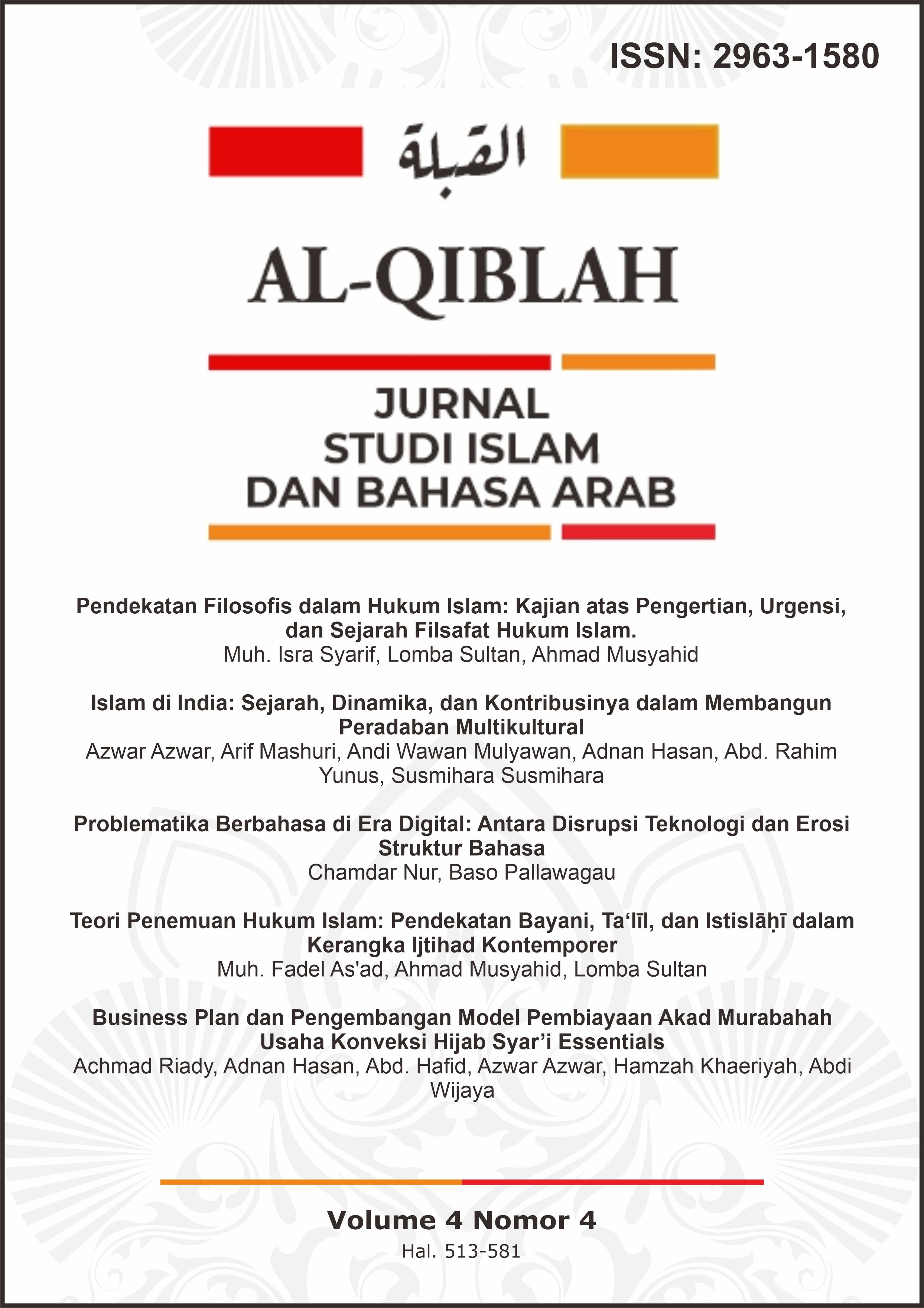
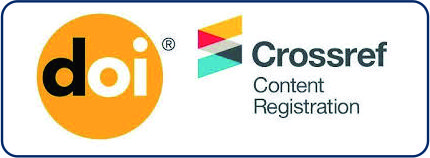
 FOCUS AND SCOPE
FOCUS AND SCOPE EDITORIAL TEAM
EDITORIAL TEAM




